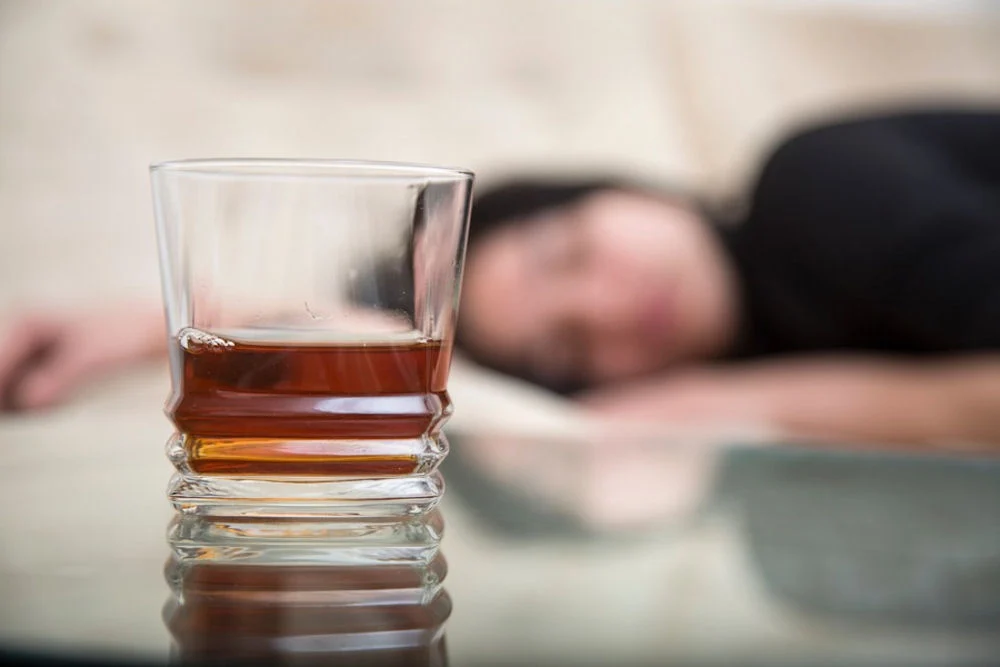Male vs female alcohol consumption matters since drinking affects both genders differently. These genetic deviations make one susceptible to diverse problems. Here we’ll explain why your gender matters when treating alcohol addiction and the stark distinctions between male vs female alcohol consumption impacts. Here is everything you need to know about alcohol’s diverse effects on the different sexes.
Alcohol’s impacts are heavily gender-dependent due to the diverse metabolic, mental, and physiological processes unique to men and women. Here are just some generalized discrepancies between the sexes that make alcohol impact men and women differently.
Men generally have more developed or advanced muscle structures compared to their female counterparts. As a result, these muscular discrepancies directly affect how food and drink are processed, especially when it comes to alcohol. This is why alcohol can hit women harder despite a significantly lower alcohol consumption rate. Contrarily, this is also why men typically require more intake to reach the same level of intoxication.
Men and women have significantly different hormone levels, resulting in distinct metabolic processes. In addition, these hormonal levels vary per individual, resulting in different metabolic rates for each person, stemming from gender biology. The only way to know your metabolic rate is for a doctor to conduct a series of tests involving hormonal output and metabolic rates. As is the case with male vs female alcohol consumption, these tests are gender dependent to determine individual alcohol metabolic rate.
The biological discrepancies in body mass between males and females are well-documented. Males’ larger frames are a combination of increased muscle mass and body weight. Despite men having a higher weight ratio than women, their body fat is lower. As mentioned, these gender BMI diversities are also wildly variable per individual due to personalized BMI factors.
While gender plays a significant role in how alcohol interacts with your body, these impacts vary per individual. That’s because, despite gender-specific influences, everybody has different chemical levels and responses. These factors compound into potentially increasing or decreasing your body’s negative response to alcohol based on individual chemical makeup. Hence, the only way to know individual risks is to have a physical to assess your susceptibility to certain diseases.

How Does Alcohol Affect Men and Women Differently?
Since we’ve discussed why alcohol has diverse effects on each gender, we’ll dive into specifics of how it affects these sexes differently. Here are in-depth details as to how alcohol affects these genders uniquely.
Women’s Bodies Take Longer to Process Alcohol
Taking longer to process alcohol doesn’t mean it takes longer or more to become intoxicated. In fact, quite the opposite is true since women’s bodies have to work harder to process the substance. This means quicker onset of effects and less volume needed to achieve those effects. Correlatively, this is also why the definition of binge drinking differs depending on male vs female alcohol consumption.
Body Mass Discrepancies Mean Women Absorb More Than Men
A higher body fat percentage means more alcohol is absorbed by these cells. Consequently, since women generally have greater body fat than men and less natural water retention, their bodies absorb more. Lower natural hydration levels, in conjunction with higher body fat, mean quicker intoxication onset. The only way to truly know your personalized alcohol limits and recovery needs is to consult our trained specialists.
Same Volume, Different Blood Alcohol Levels
Because of all the aforementioned biological differences, a woman’s body will have a significantly higher BAC despite equal alcohol intake. Hence, the National Institute on Alcohol Abuse and Alcoholism defines excessive drinking differently for both genders. For women, four drinks qualify as excessive, as opposed to the five or more criterion for men. It’s important to point out that other individual variables contribute to what qualifies as excessive, such as personal tolerance levels. For example, despite the medically defined excessive drinking standards, some may have a higher tolerance than others.
Different Hormones Mean Different Impacts
We expounded upon the hormonal disparities of male vs female alcohol consumption impacts earlier. However, it’s important to underscore that these diverse hormones are a primary reason why they affect these sexes differently. These hormonal diversities are the cause of the metabolic, physiological, and mental impact discrepancies of alcohol on the bodies of these distinct genders.
How Does Alcohol Affect Men’s and Women’s Health Differently?
All one needs to do to see the drastic disparity in gender-specific health effects is to look at the documented statistics. Bearing that in mind, the details below cover the different risks men and women drinkers are exposed to.

Men account for nearly seventy percent of alcohol-related hospitalizations, according to recent studies. Therefore, these increased hospitalization rates paint a very vivid picture of the greater harm alcohol habits have on the male body. That’s not to say it’s any more or less dangerous for one gender than the other. However, these numbers are a testament to the physiological and psychological impacts of male alcohol addiction.
While alcohol hinders cognitive impairment for all alcohol consumers, statistics cite alcohol’s drastic impact on the male psyche. This is supported by one troubling statistic revealing that drunk driving is overwhelmingly male-involved. This study cites that a staggering seventy-five percent of alcohol-related driving fatalities are at the hands of male drivers.
Disregarding alcohol use, men are already estimated to be nearly twenty percent more likely to be diagnosed with cancer in their lifetime. To elaborate, that’s an average of 1 out of every 2 men as opposed to 1 in 3 women. Add alcohol to the mix, and male proneness to several different cancers skyrockets, especially liver, throat, and esophageal-related cancers. If you are a heavy drinker, reach out to our caring receptionist team to get the help you need and reverse some of these harms.
Livers in women are more susceptible to liver scarring, medically defined as cirrhosis. This means an increased risk of developing liver disease and other liver-related chemical deficiencies. This is due to how the presence of alcohol in the body interacts with female hormones and chemical responses. Speak to a specialist to enroll in women-based rehab to begin reducing and potentially eliminating these risks now.
In addition to having high hospitalization rates, men also make up the majority of fatalities involving alcohol. When it comes to binge-drinking fatalities, male fatalities are more than double the rate of females. While drinking has equally severe consequences on females in a different way, male drinking fatalities remain an ever-growing concern. You don’t have to be part of the statistic. You can alter the trajectory of your addiction battle by seeking alcohol rehab today.
Women are not exempt from increased cancer risks stemming from alcohol abuse. Studies deduce that any form of alcohol consumption seriously increases the risk of women developing breast cancer. To expound upon that fact, breast cancer is the number one killer among alcohol-related cancer deaths in women. This doesn’t have to be you. If you’re reading this, there’s still time for you to reduce these risks and regain your body’s healthy status.
How Does Alcohol Affect Men’s and Women’s Bodies Differently?
We’ve only addressed these biological discrepancies in passing. This section addresses the unique biological and physiological interactions of alcohol on the diverse sexes.
- Destabilized Estrogen Levels: Estrogen is the primary female hormone that’s vital for liver and organ functions. Alcohol disrupts estrogen production, leading to irregular menstrual cycles and overall disruption of other natural organ functions. Therefore, prolonged alcohol abuse in women eventually leads to deficient hormone production that can lead to long-term health problems.
- Decreased Fertility in Women: Alcohol also has adverse effects on female fertility. While passively related to the previous point, this is a separate impact in itself. Alcohol directly hinders a woman’s ability to get pregnant or remain pregnant due to its toxicity levels. If you’re having difficulty conceiving in conjunction with a drinking problem, it may be solely due to your alcohol intake. Consult a physician who can assess the underlying cause of your fertility inconsistencies.
- Decreased Fertility in Men: While alcohol hinders male fertility as equally as female fertility, it does so in very different ways. In men, alcohol directly hinders sperm count, as well as quality. Even worse, chronic alcohol use further hinders sperm mobility. All three aspects are vital components that work together to aid or, in the case of alcohol, harm fertilization.
- Diminished Testosterone Levels in Men: Alcohol’s impact on elevating stress hormones called cortisol has a trickle-down effect on testosterone levels. That’s because increased cortisol is a known deterrent and killer of testosterone chemicals. Therefore, increased drinking means elevated cortisol, which means lowered testosterone.
Arkview Center Offers Gender Specific Treatment for Men and Women in Mechanicsburg, PA
Now knowing the important differences in treating male vs female alcohol consumption, you can take advantage of gender specific rehab. Arkview Center has the best gender specific rehab in the country with an arsenal of tools at your disposal. Take full advantage of our quality care and begin your life-changing rehab journey by connecting with us today.























